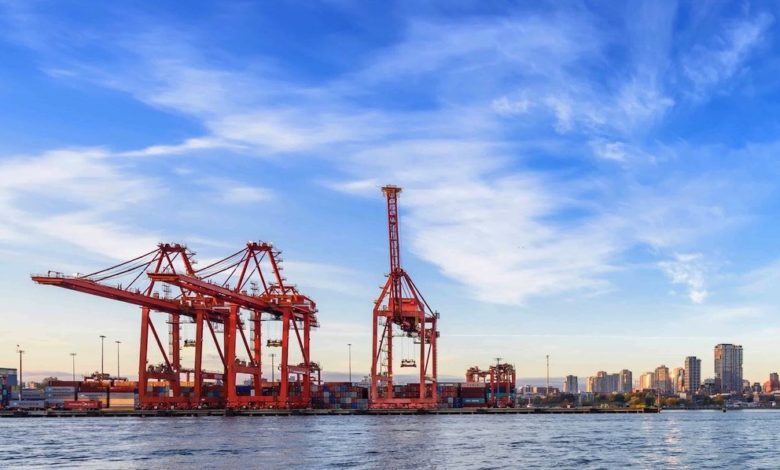Canada invests in ports on west and east coasts to improve efficiencies

The Government of Canada is investing more than C$33m ($26.35m) in a conveyor system at the Saguenay Port in Quebec.
The system will be used to move materials back and forth between the industrial port zone and ships docked at the Grande-Anse Marine Terminal.
The funding, provided through Canada’s National Trade Corridors Fund, is intended to enhance the performance and functions of facilities at the port, helping to increase handling capacity and reduce bottlenecks.
The original $2.3bn ($1.84bn), 11-year budget for the National Trade Corridors Fund was supplemented this year by the federal government with an additional $1.9bn ($1.52bn)to spur investments in Canada’s roads, rail and shipping routes.
Transport Canada also announced yesterday its support for the development of a new system to improve marine vessel traffic flow at the Port of Vancouver and in southern British Columbia. The Vancouver Fraser Port Authority (VFPA) will work with partners to design, by March 31, 2022, a collaborative system to manage marine vessel traffic.
The system will reduce congestion and manage marine traffic in the busiest, most-confined waters of the port.
The VFPA and Transport Canada will engage with the port, other partners, Indigenous groups, and local stakeholders in the development of this system.
“This new marine vessel traffic management system … will not only improve and optimize the efficient movement of goods through our port system, but also reduce the environmental and community impacts of trade activity in our gateway,” said Robin Silvester, President and CEO of the VFPA.
By limiting unnecessary vessel movements, the system will reduce marine noise impacts, as well as light pollution and noise for people living near the port. The increased information-sharing and collaboration the system promotes is expected to also enable more-predictable and reliable supply chain performance.
